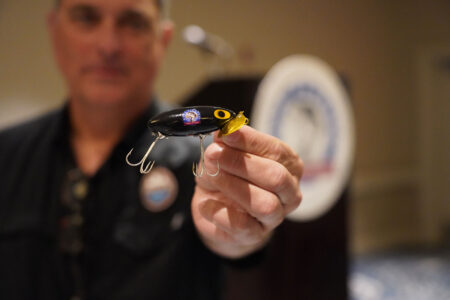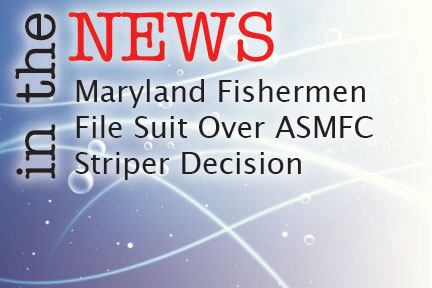DEC’s Hudson and Delaware Fisheries crews are out on the Hudson River for annual spawning stock surveys of key migratory fish. Adult striped bass, American shad, and river herring (blueback herring and alewives) are anadromous fish that spend most of their time in coastal waters and return to the fresh water of the Hudson River each spring to spawn. (Anadromous is a Greek word that means ‘running upward’.) After spawning in the Hudson River, the adults return to the Atlantic Ocean.
The Hudson acts as a nursery for the newly hatched young-of-year bass, shad, and herring, which generally spend their first summer in the river before they join in the ocean migration to mature. These migratory fish are cooperatively managed along the Atlantic coast by the Atlantic States Marine Fisheries Commission (ASMFC). Along with other states, New York has required regulatory measures that include annual spawning stock monitoring programs, recreational and commercial minimum size limits, recreational creel limits, and commercial quotas to manage and evaluate the condition of the striped bass, herring, and shad stock.
DEC’s Hudson and Delaware marine biologists use a 300-foot haul seine to catch spawning river herring and a 500-foot haul seine to catch striped bass and American shad. For each species, biologists measure, weigh, and collect scale samples from the fish for aging before tagging and returning them to the river. Biologists use spawning stock surveys in conjunction with young of year surveys from June – October to determine the abundance of these fish, which is critical to DEC’s management of these species for recovery.




